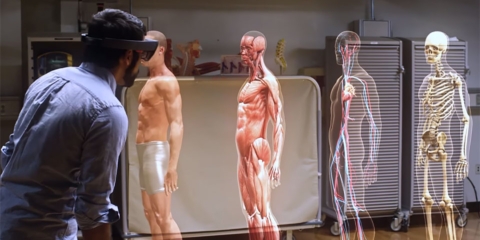Would you like to get notifications from Christian?
Wat is er gebeurd?
De technologie die wordt gebruikt om personages in videospelletjes tot leven te brengen, wordt wellicht een stuk beter dankzij een uniek Ziva RT-hulpmiddel, dat wordt gebruikt om "virtuele mensen" zoals Emma te creëren, een levensecht 3D-personage dat in realtime in een game-engine kan draaien.
Lees het artikel hier: https://bit.ly/3rSBK5Q
Waarom is dit belangrijk?
3D-personages zijn al behoorlijk realistisch, maar in plaats van dat het lang duurt om elk frame van de animatie door een ongelooflijk krachtige computer te laten verwerken, kan Emma in real-time werken, waarbij wijzigingen in de animatie vrijwel onmiddellijk worden weergegeven. Dit is belangrijk omdat het een klein team verscheidene maanden kan kosten om een personage van middelmatige kwaliteit voor een videospelletje te creëren en te animeren. Voor de levensechte animaties die we in films en games zien, gebruiken studio's motion capture voor de voorstellingen, maar eindigen ze met animatieclips die niet dynamisch kunnen reageren. Ter vergelijking: met Ziva RT kunnen makers een 3D-model maken, dat uploaden voor verwerking in de cloud, en binnen een uur een gezichtspoppetje terugkrijgen dat de visuele kwaliteit kan evenaren van door beweging opgenomen gezichten. Van cruciaal belang is dat de animaties van deze personages dynamisch kunnen worden aangepast, waardoor ze bij uitstek geschikt zijn voor spelletjes en virtuele assistenten. Het doel van deze technologie is om "realistische, levensechte karaktercreatie toegankelijk en schaalbaar te maken voor alle artiesten, ongeacht hun vaardigheidsniveau,"
Christian is a futurist and trendwatcher who speaks about the impact of exponential technologies like AI on organizations, people, and talents. Christian tailors his presentations to your audience's specific industries and needs.


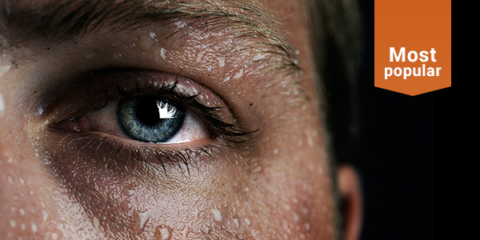
Our world is changing at an exponential rate! A big tidal wave of digital transformation and disruption is coming at us fast. Many organizations see this wave as a threat and experience stress, but there are also organizations that just see this wave as an opportunity.

Imagine sitting with just 10-15 fellow executives at a premier location, gaining clarity on the impact of AI on your industry while enjoying an exquisite dining experience. These are not just meetings—they are transformative moments that will shape the future of your organization
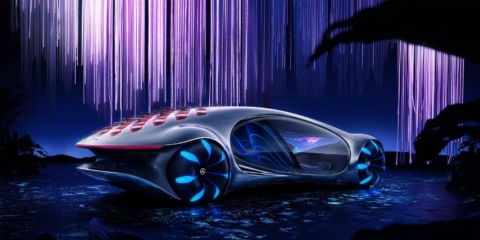
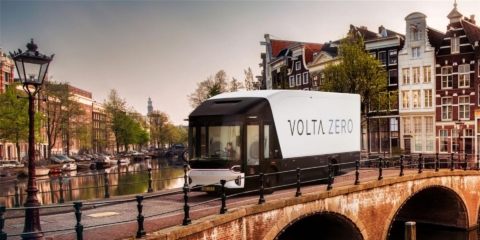
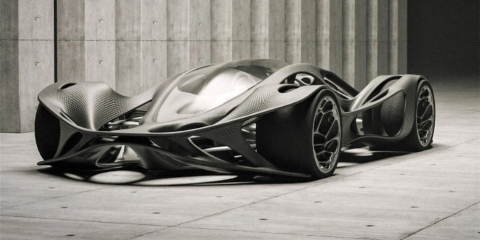
In the future, 3D printing and generative design will allow for products to be designed in a more decentralized manner, and production will take place closer to the customer and fully on-demand. 3D printing technology will also allow for more customization and personalization of products.

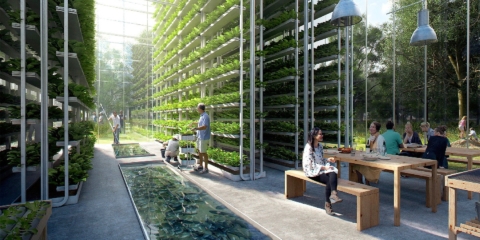
The agricultural industry is ripe for disruption. Robotics, AI, and IoT are all technologies that have the potential to radically transform the way we grow food. In combination with vertical farming, these technologies could increase the efficiency and quality of agricultural products.
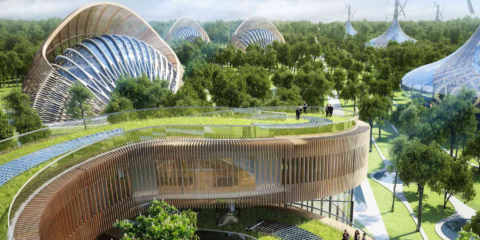
A human-centered society is one that puts people first and where technology is used to unite and empower people. It is a society that values biological life and dignity above all else. It is a society that recognizes the importance of human relationships and works to strengthen them. In a human-centered society, all members of the community are valued and treated with respect.
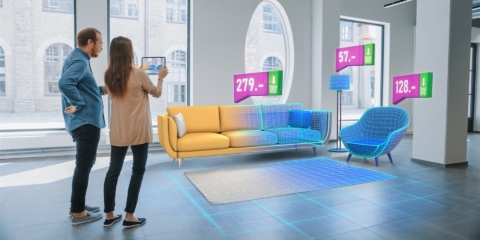
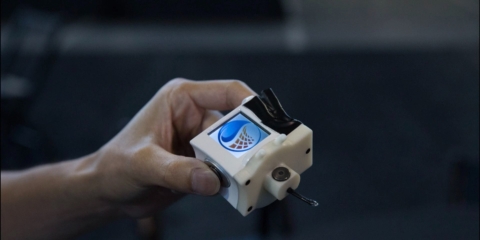
The future of healthcare is here. New technologies like AI, IoT, big data, and smart sensors make it possible to become the CEO of your own health. Imagine that your phone can listen to your voice and AI algorithms can detect small nuances in the tone of your voice that indicate specific diseases.
